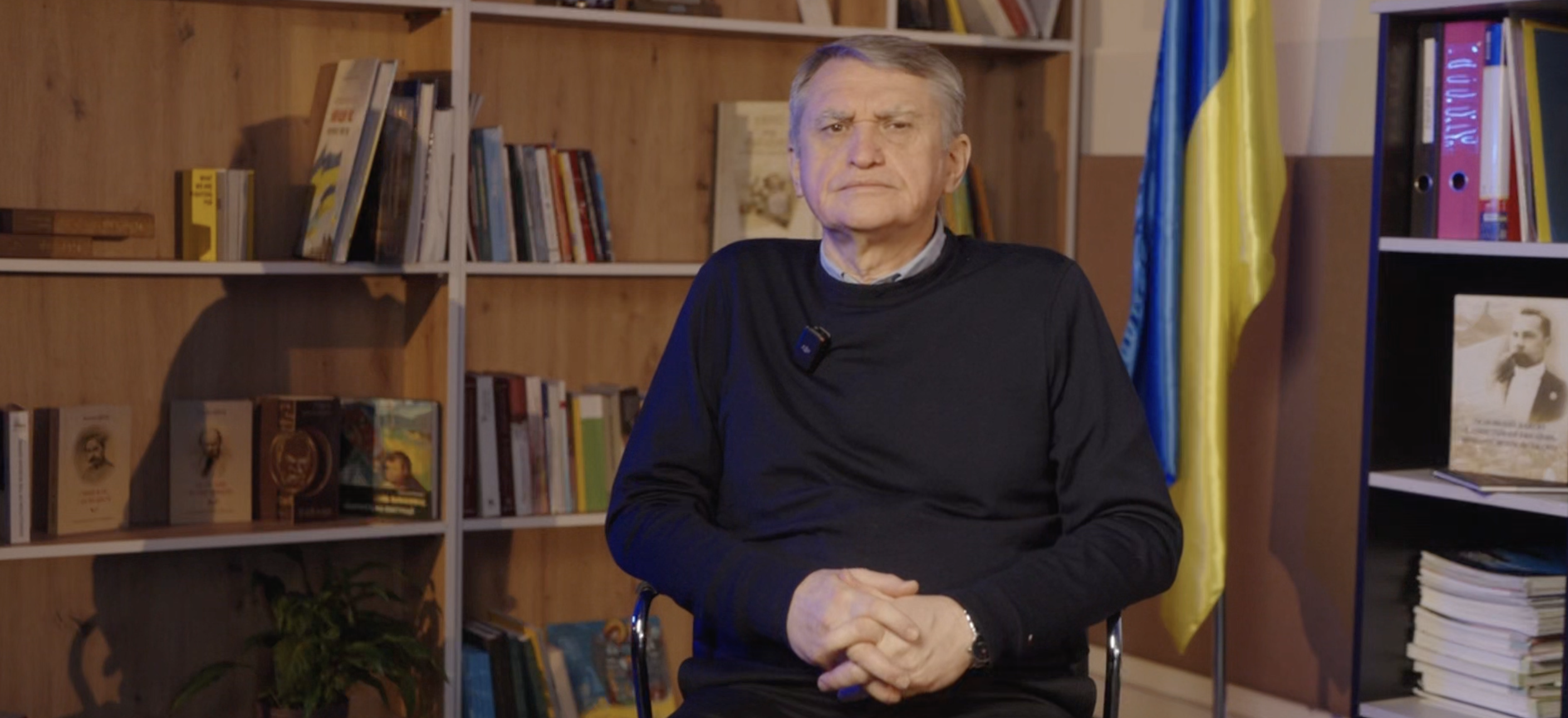
The European Union has begun implementing its new border screening process. The updated protocol involves taking non-EU passengers’ photographs and fingerprints upon arrival, and will replace manually stamping of passports.
The new automated system started on Oct. 12 with 29 countries adopting the new system, most in Schengen area countries, as well as Iceland, Liechtenstein, Norway, and Switzerland.
The process involves passengers using a kiosk to register biometric information (children under 12 are exempt from fingerprinting. The data will be kept for three years by default and can be shared with other countries or international organizations under certain conditions.
The new requirements do not apply to EU citizens, residents of EU countries, holders of long-term visas or residence permits, or Ukrainians under temporary protection.
Passengers who refuse to participate will be denied entry.
The EES is free of charge and does not require filling out any additional forms. All visa-free travel rules remain in place, including requirements for travel insurance, proof of funds, and accommodation or ticket bookings.
The system will operate at border crossings and airports in 29 Schengen countries. Cyprus and Ireland will continue to process passports manually, while UK nationals will also be subject to the new rules.
Over time, the updated system is expected to streamline border control and help prevent identity fraud.
According to the EU, the system will allow for better monitoring of migration flows and help track the total duration of travelers’ stays in the Schengen Area, while simplifying checks for future trips.
Cover: Shutterstock











